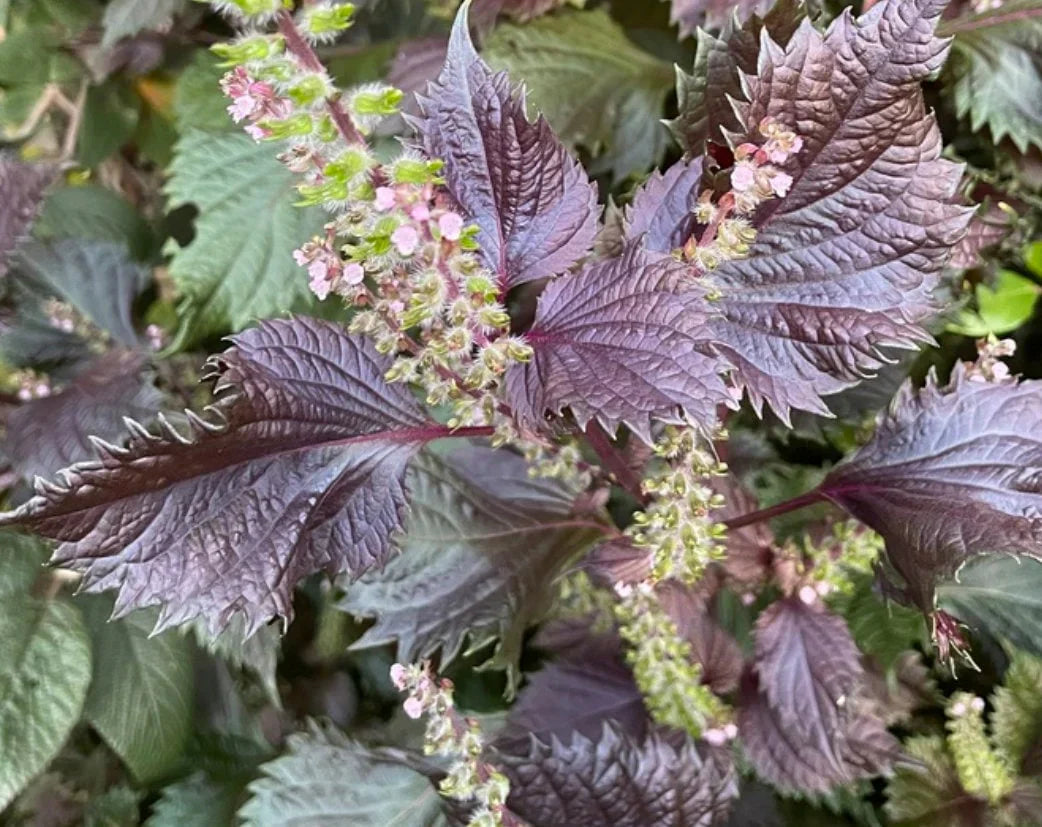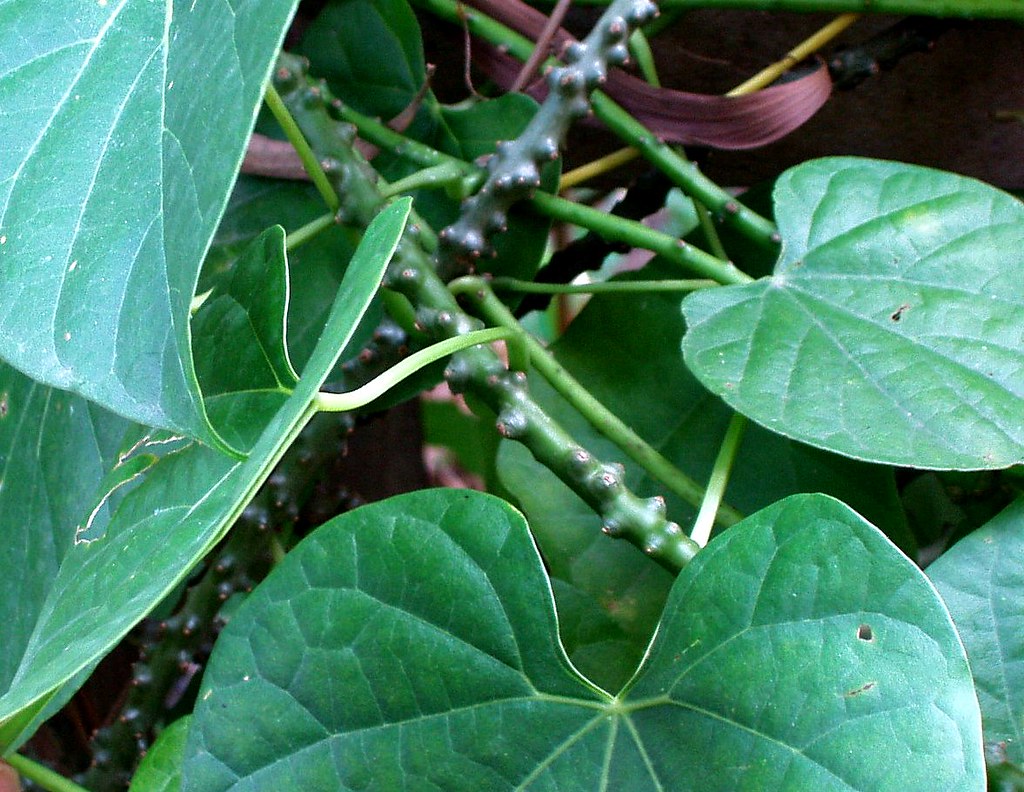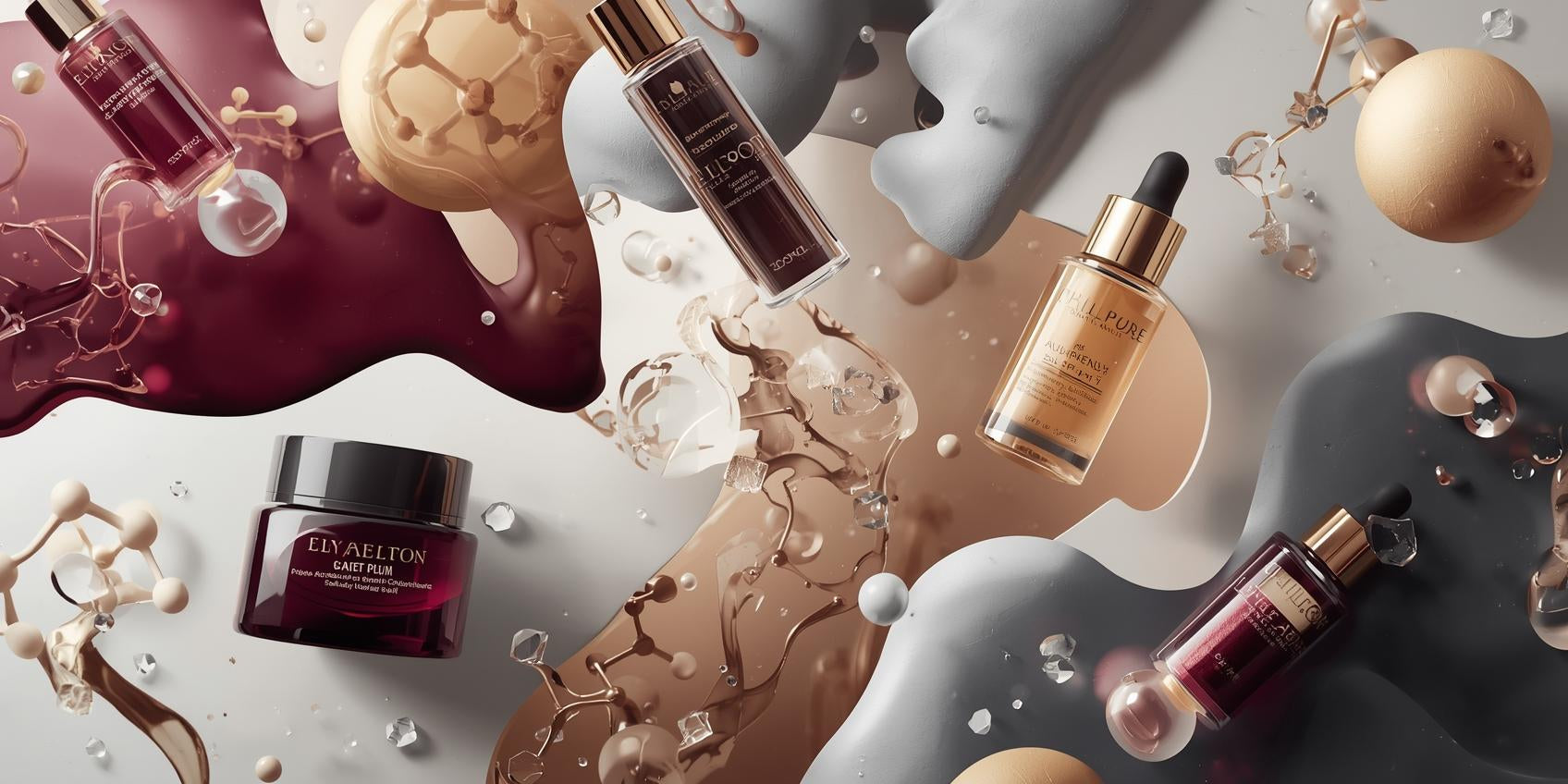Piper betle (betel vine) is a climbing plant in the Piperaceae family, widely cultivated in South and Southeast Asia. Its large, glossy green leaves have a long history of medicinal and ritual use in traditional Asian systems. The extract used in skincare (often listed in INCI as Piper betle Leaf Extract) is derived from the leaves (occasionally stems) and contains a rich array of phytochemicals including phenolics (hydroxychavicol, chavibetol, eugenol), flavonoids, essential oils, and terpenoids. These active constituents give the ingredient multiple functional attributes relevant to skin care.
What It Does
- Antimicrobial & purifying: Betle leaf extract exhibits strong antibacterial and antifungal activity against a range of microbes (e.g., Staphylococcus aureus, Candida albicans) which makes it useful in cleansing or clarifying formulas.
-
Skin-brightening / tone-evening: A clinical study found that a cream containing Piper betle leaf extract reduced melanin content and improved skin tone in human subjects — likely via anti-tyrosinase activity of compounds like hydroxychavicol.
-
Anti-inflammatory & soothing: The extract’s phenolics and flavonoids help modulate inflammatory pathways, making it suitable for irritated, reactive or post-treatment skin.
-
Barrier & hydration support: One study with a lotion containing betle leaf extract showed increased skin moisture in elderly participants, implying supportive barrier or humectant-type benefits.
-
Texture refinement / acne-prone suitability: Given its antimicrobial, anti-inflammatory and purifying profile, Piper betle extract can support formulas targeting blemish-prone or oily skin, textured surfaces or post-procedure recovery.
Suitability & Target Skin Types
Piper betle extract is highly versatile and well-suited for:
-
Oily, combination or blemish-prone skin (clarifying, antimicrobial)
-
Mature or uneven tone skin requiring tone-correction and radiance support
-
Sensitive or stressed skin needing soothing, barrier support and calm complexion
-
Normal skin seeking “wellness” support or botanical multifunctional benefits
As with all botanical actives, patch testing is advised especially for very sensitive or allergy-prone skin, given its essential-oil nature/phenolic constituents.
Formulation Notes & Complementary Actives
-
INCI name: Typically Piper betle Leaf Extract. Always verify with supplier.
-
Usage levels: Depending on extract standardisation, claim intent, typical inclusion may be in the range ~0.5 %–3 % (but higher can be used if data supports) for topical skincare.
-
Solubility & vehicle compatibility: Suitable for aqueous or hydro-glycol systems, emulsions (creams, lotions), serums, gels. If essential-oil fraction present, also compatible with oil-serum/hybrid systems.
-
Processing & stability: Because of phenolic compounds and essential oils, formulation should ensure protection from oxidation/light/heat (chelator/antioxidant addition, cool-down addition, opaque packaging).
-
Complementary actives:
-
Niacinamide or licorice extract (tone-evening synergy)
-
Salicylic acid/BHA or zinc PCA (for clarifying/acne-prone formulations)
-
Hyaluronic acid/glycerin (hydration support in barrier/soothing formulas)
-
Ceramides or squalane (for barrier reinforcement)
-
Mild exfoliants (for textured or dull skin) integrating well with tone-improving benefit of betle extract
-
-
Format ideas: Clarifying cleansers, brightening serums, barrier/soothing creams, acne-treatment formulations, body lotions for adult skin moisture + tone.
Colour, Scent & Sensory Profile
Piper betle leaf extract typically appears as a greenish-yellow to amber liquid (depending on extraction solvent and concentration). The aroma is mildly herbaceous/spicy due to essential oils like eugenol/chavibetol—formulators may moderate scent or lean into it for “herbal” or “cleansing” brand positioning. The finish in skin formulations is generally lightweight and can complement non-sticky, fresh textures.
Sustainability & Sourcing
Betel leaves are widely grown in South/Southeast Asia under traditional cultivation. For cosmetic raw-material sourcing key considerations include: region/variety traceability, chemical residue monitoring (phenolics, heavy-metals), harvesting practices (leaf vs whole plant), and extraction solvent/environmental footprint. Given increasing consumer interest in “local/traditional botanicals,” brand stories can emphasise heritage (e.g., “betel-leaf from Asian vine tradition”) and sustainable crop management.
Labelling & Claims
-
Label declaration: e.g., Piper betle Leaf Extract.
-
Consumer-friendly name: “Betel Leaf Extract (Piper betle)”.
-
Typical claims (subject to substantiation and local regulations):
-
“Helps support clearer, balanced complexion and refine visible pores.”
-
“Rich botanical extract that helps reduce the appearance of uneven skin tone.”
-
“Purifies and calms skin with natural antimicrobial and soothing properties.”
-
“Helps strengthen skin’s barrier and promote healthy-looking skin.”
-
-
Claim caution: Avoid absolute promises (“erases acne”) unless clinical data supports; use “helps reduce the appearance of”, “supports”, “visibly improves”.
-
Positioning: “Botanical modern-cleansing”, “heritage Asian vine extract”, “multi-benefit botanical for tone + clarity”.
Properties
Anti-microbial, Anti-inflammatory
INCI Name
Piper betle Leaf Extract




